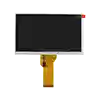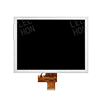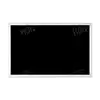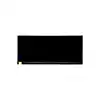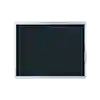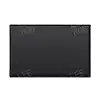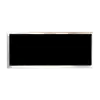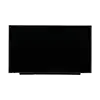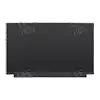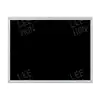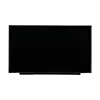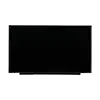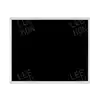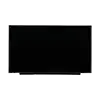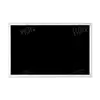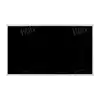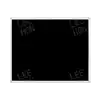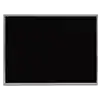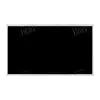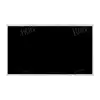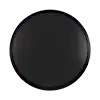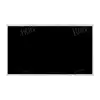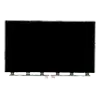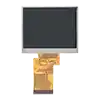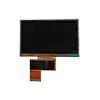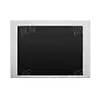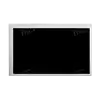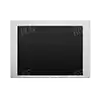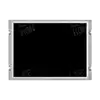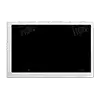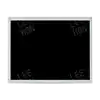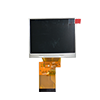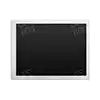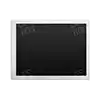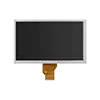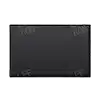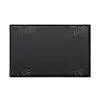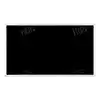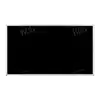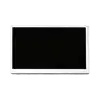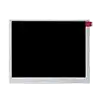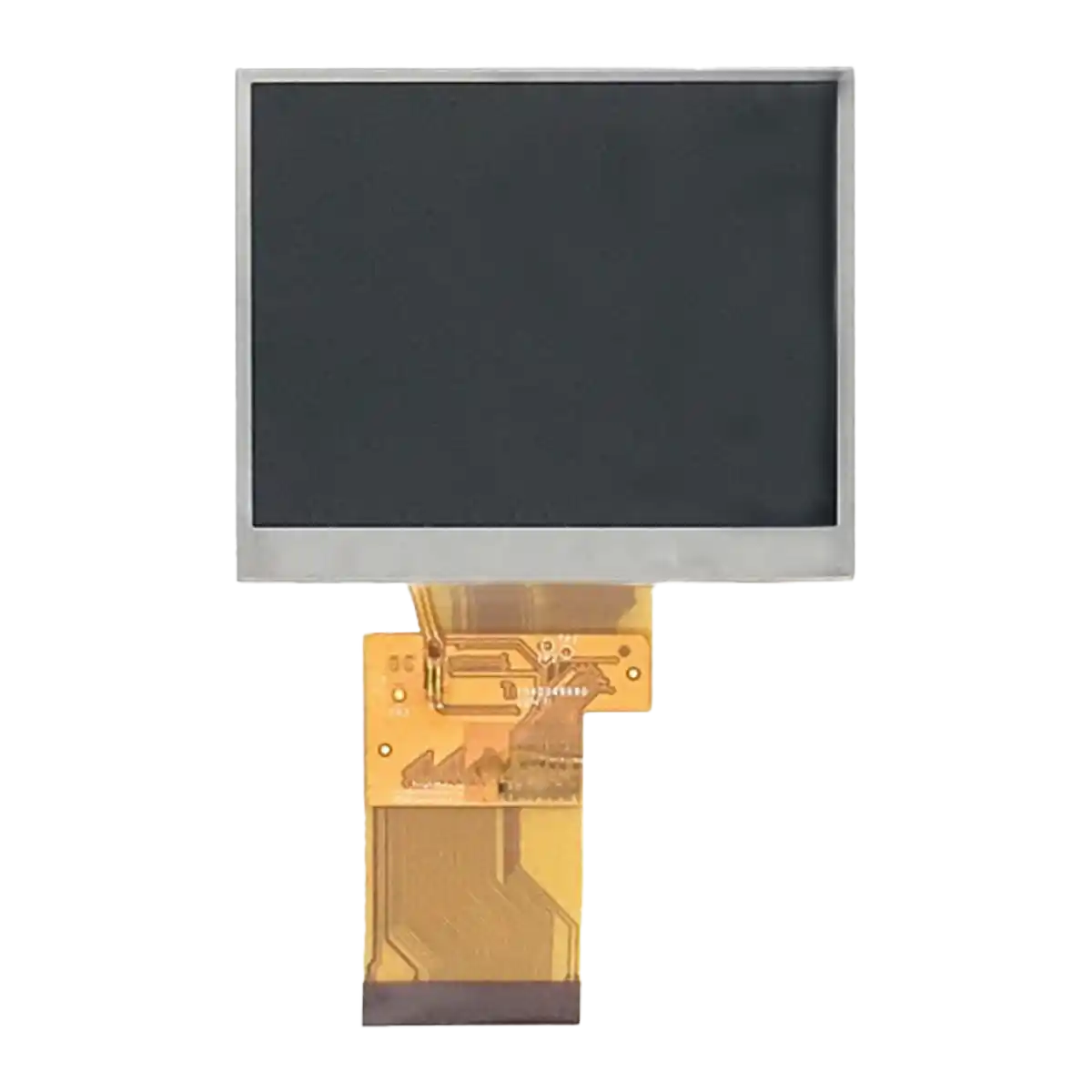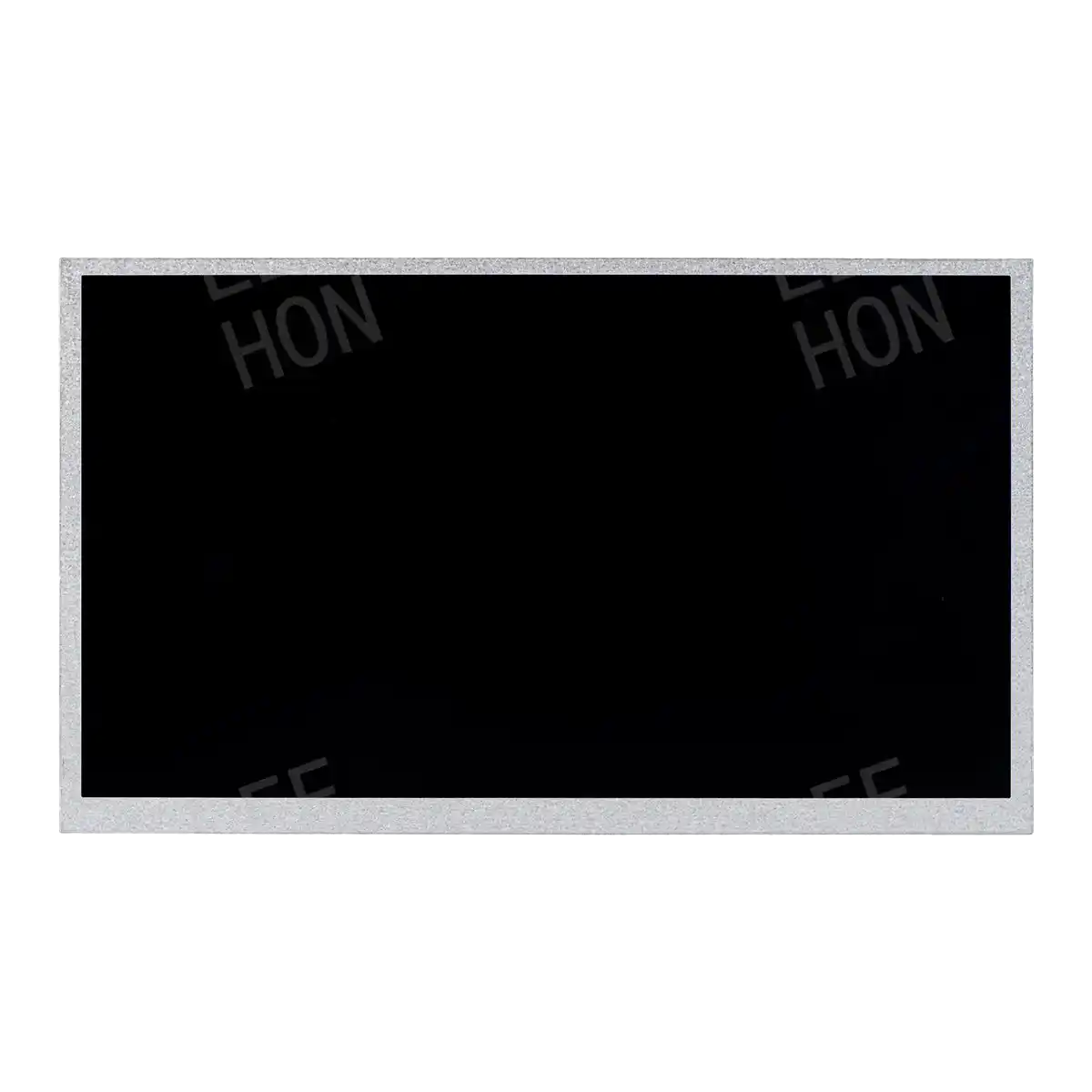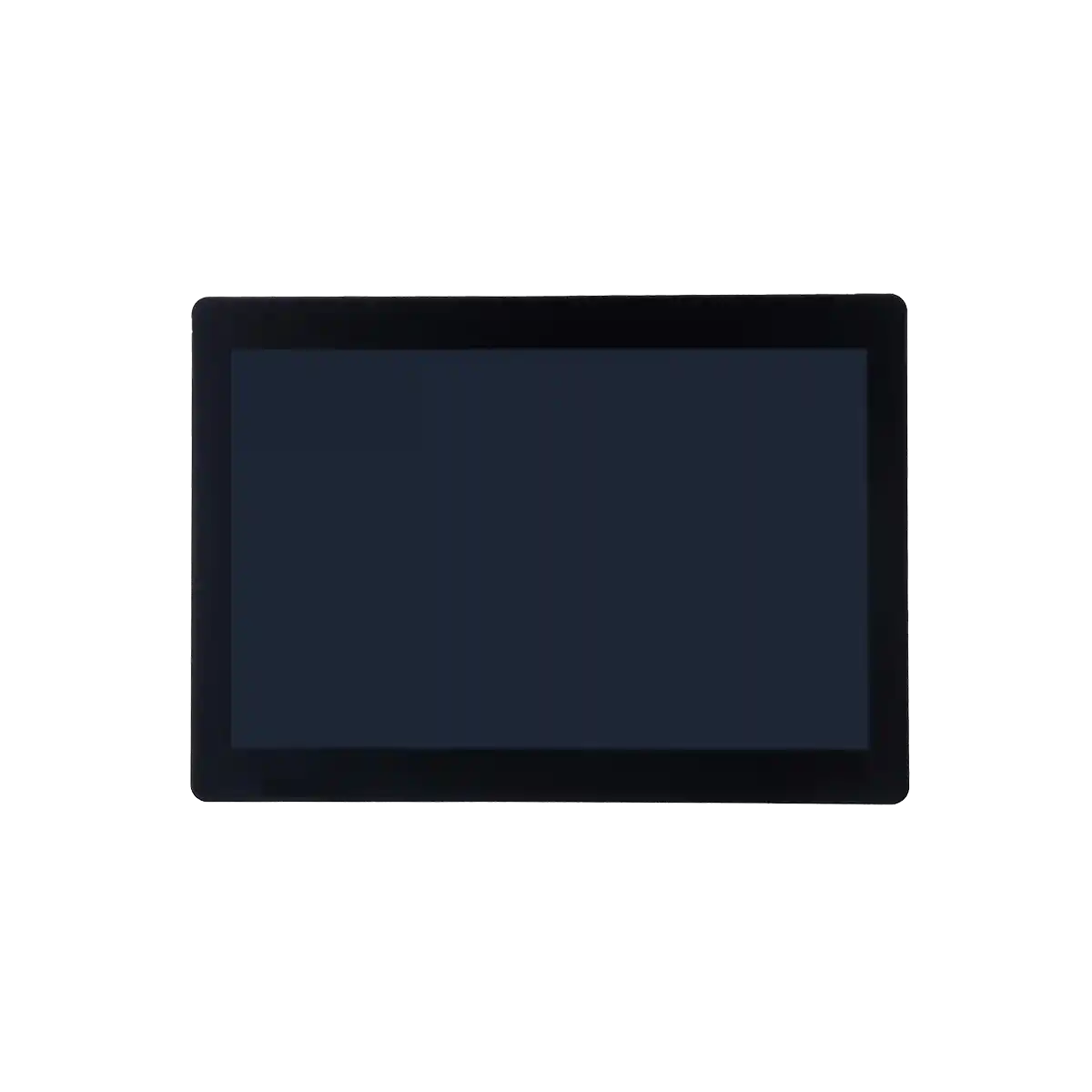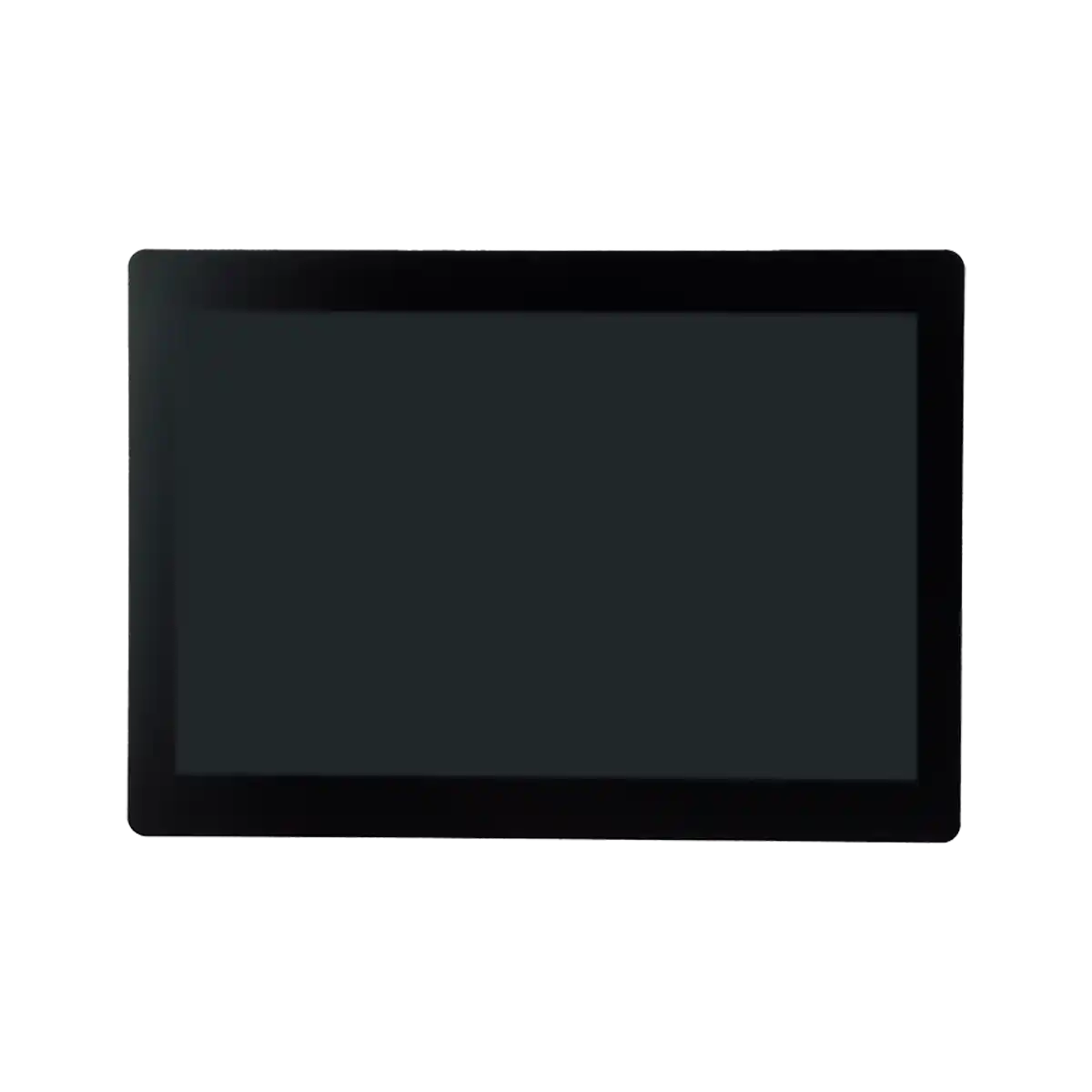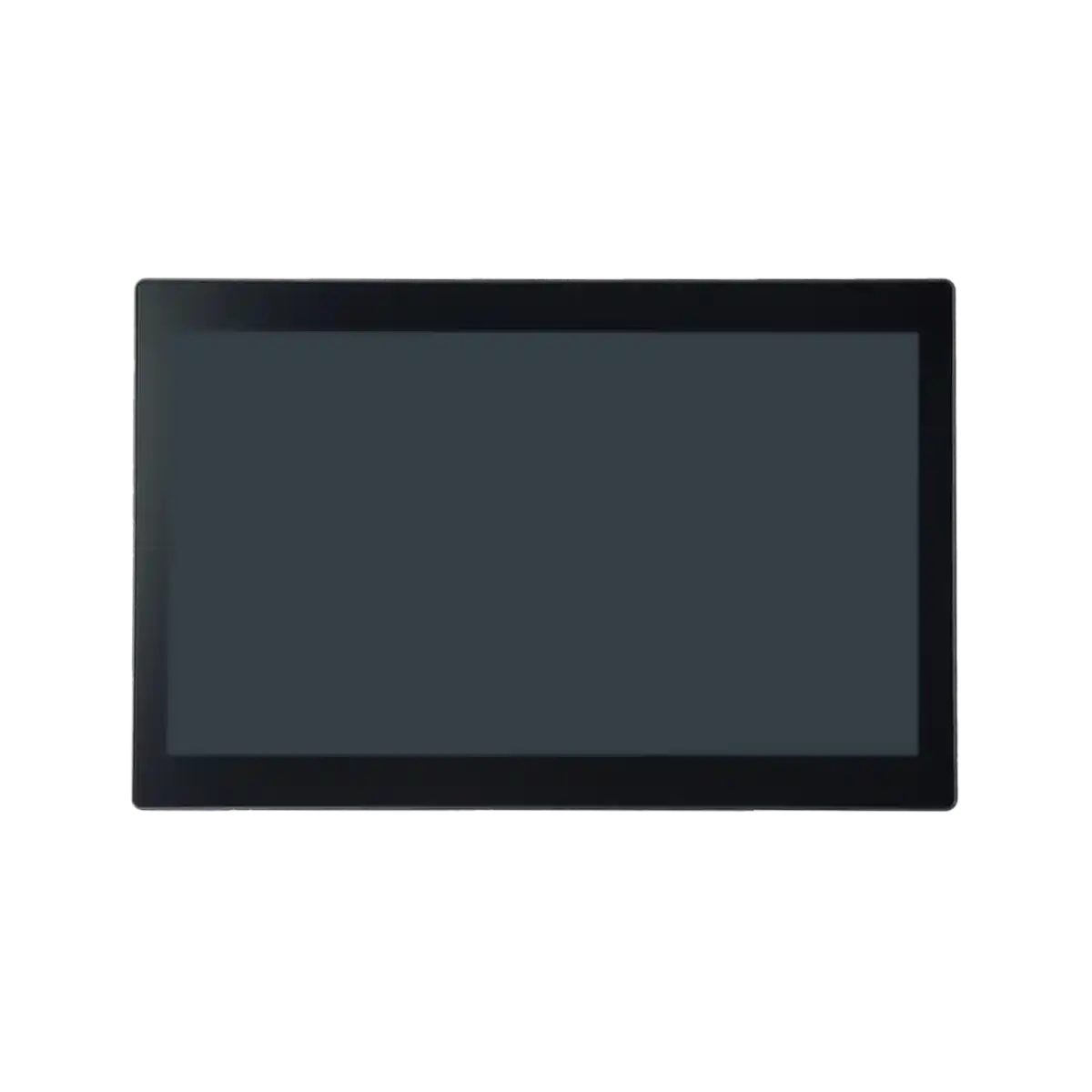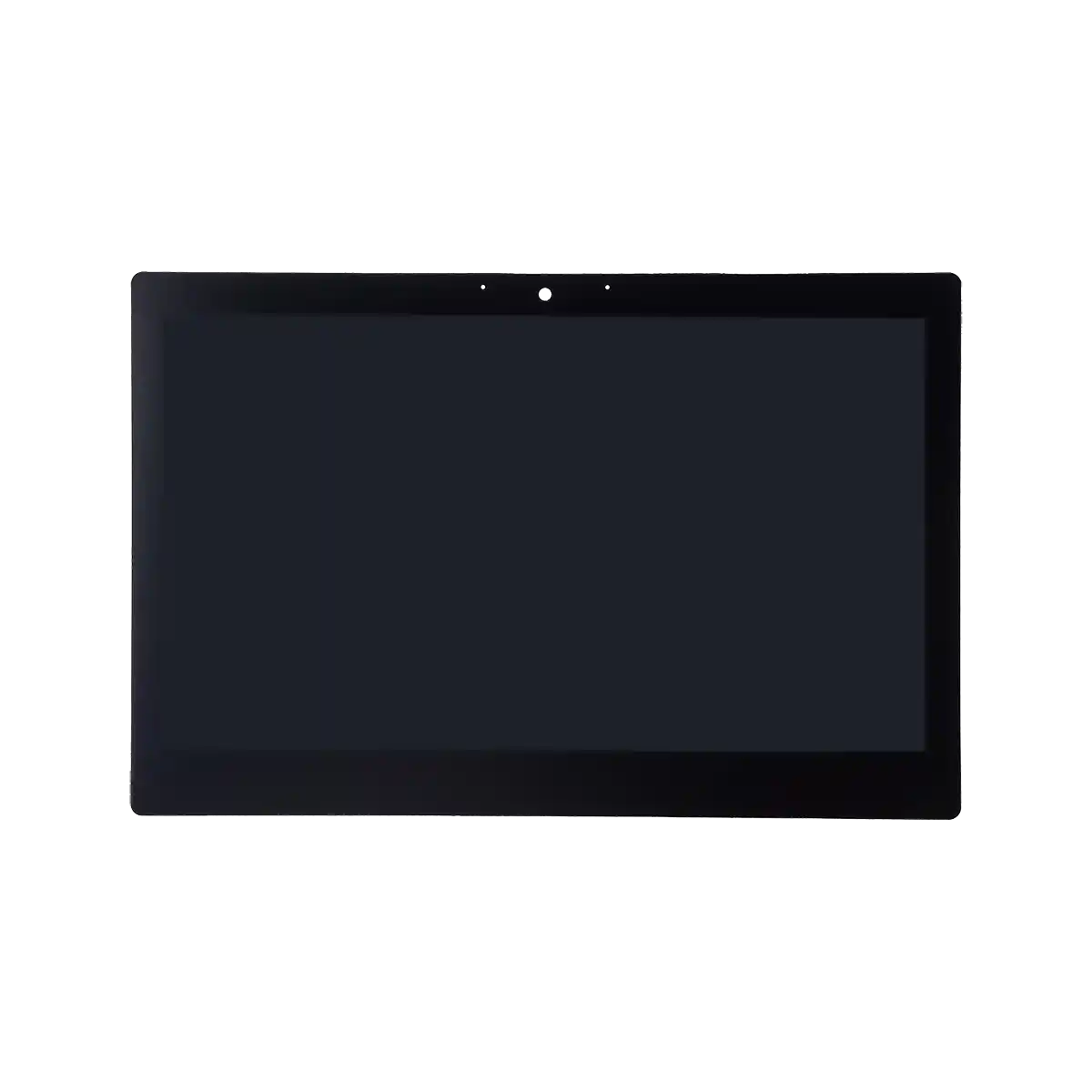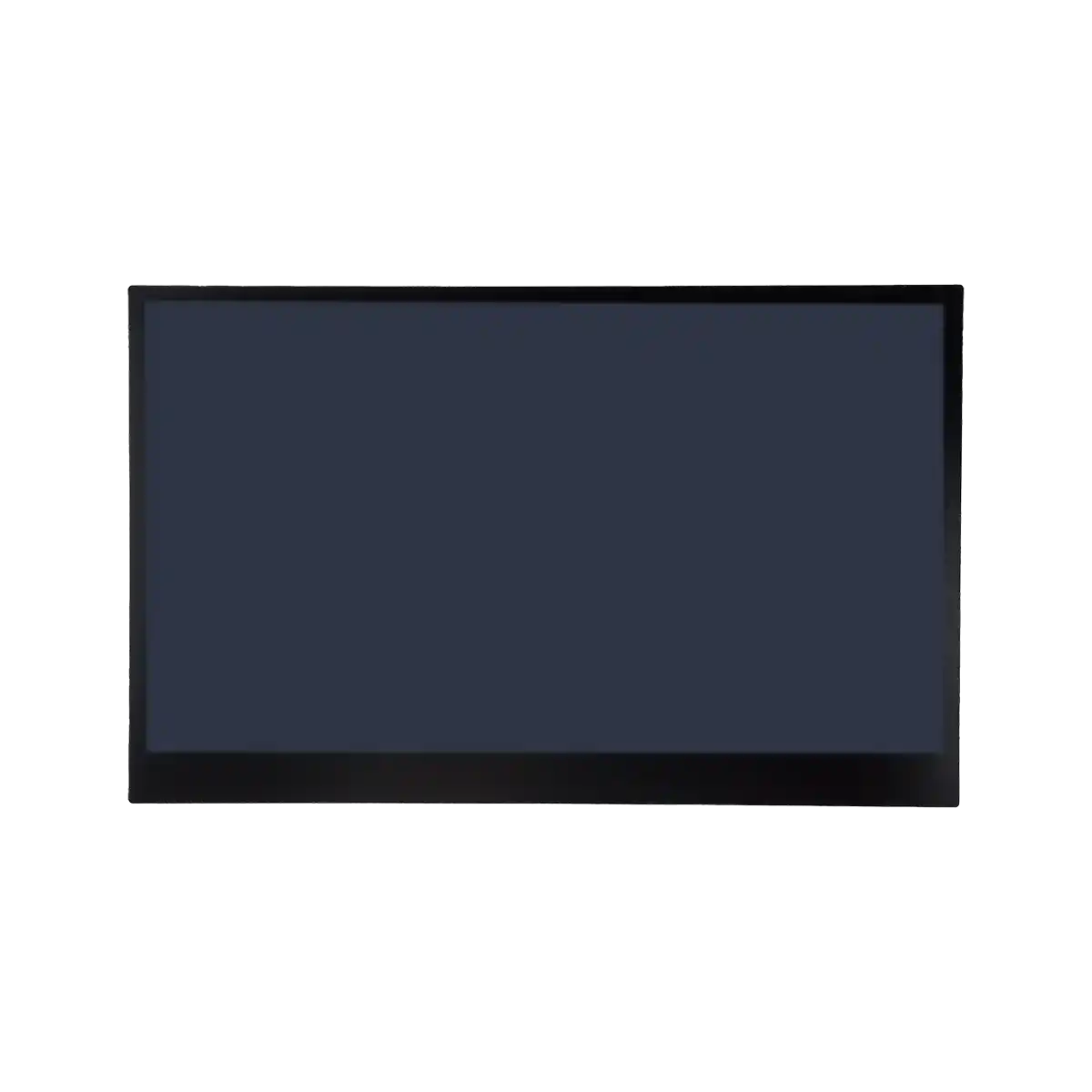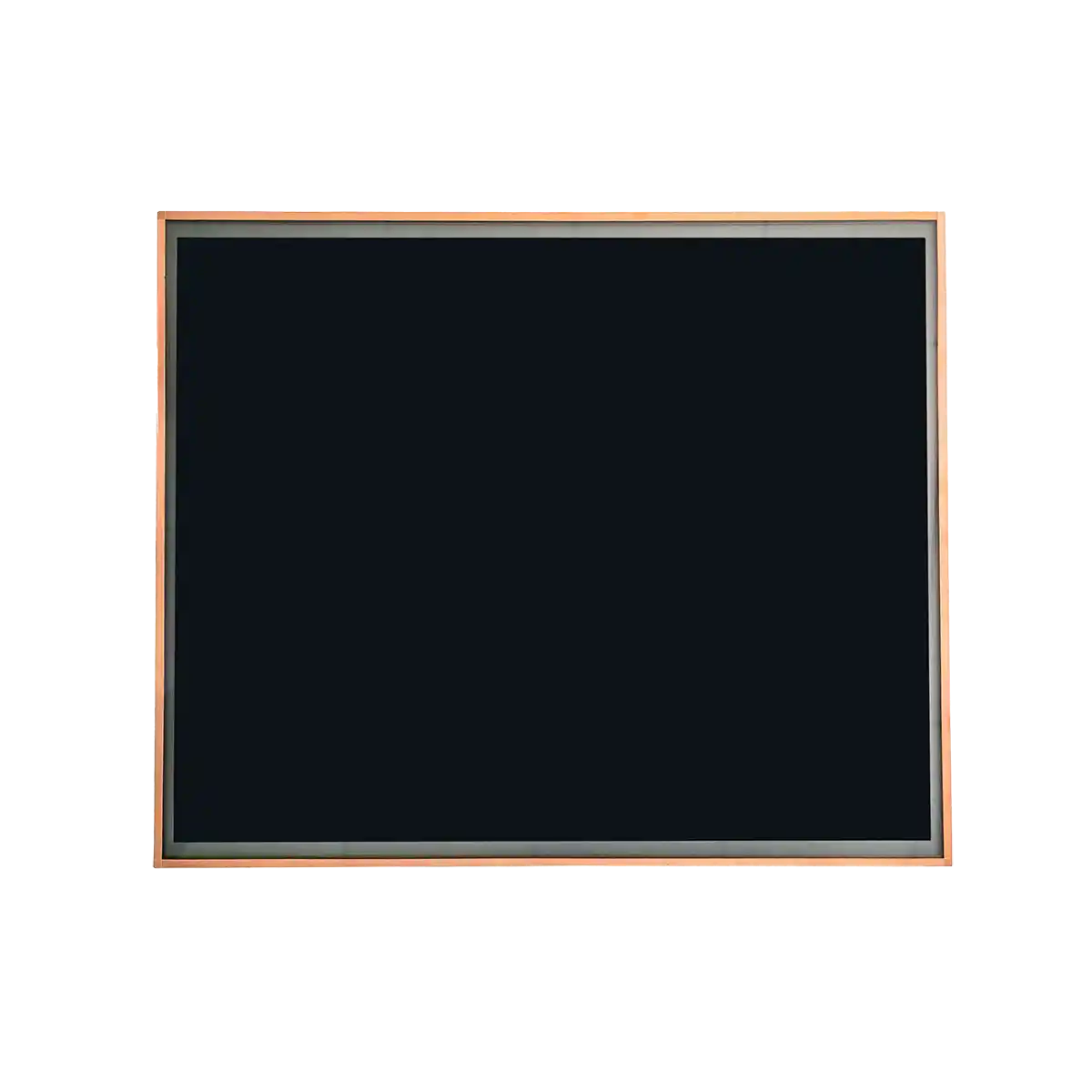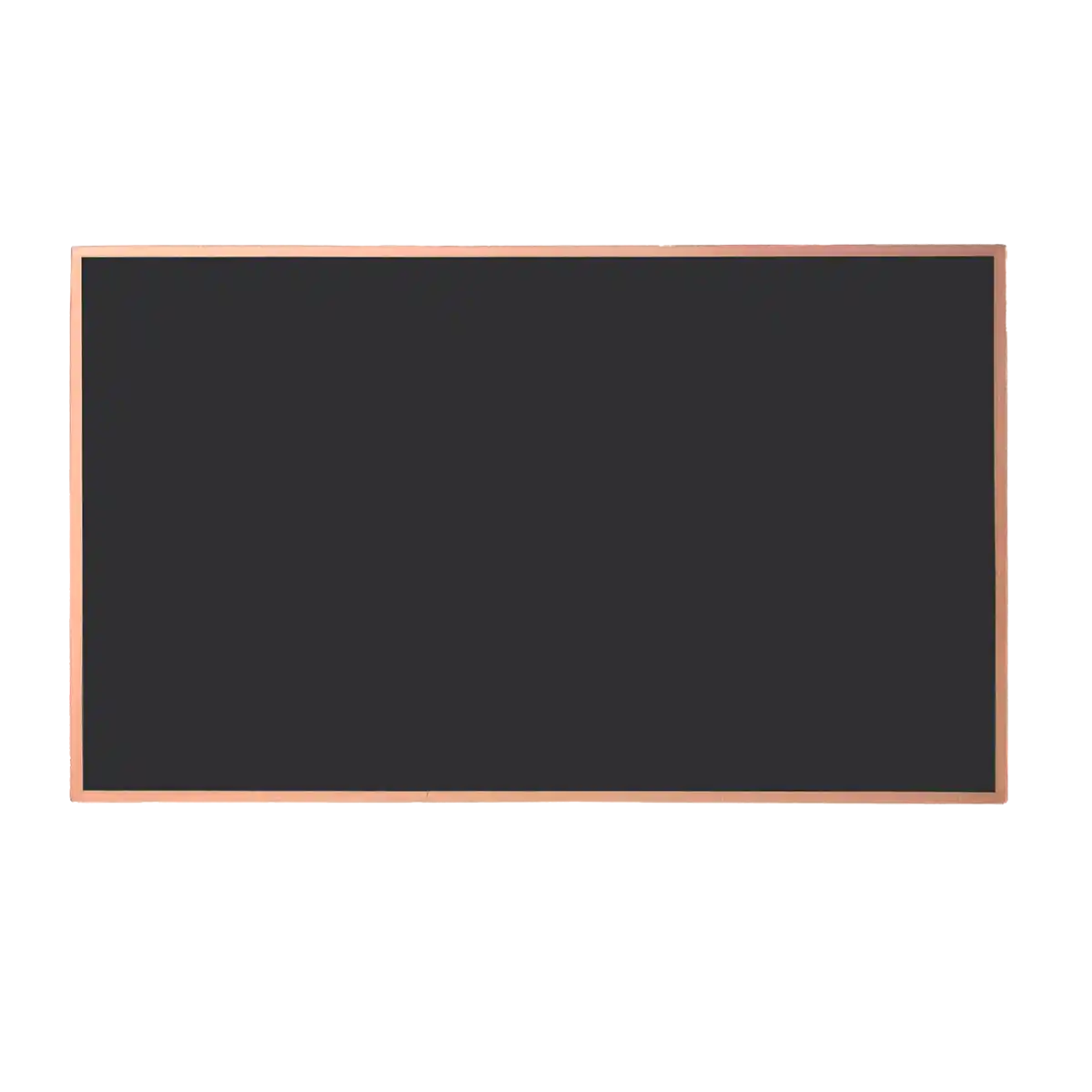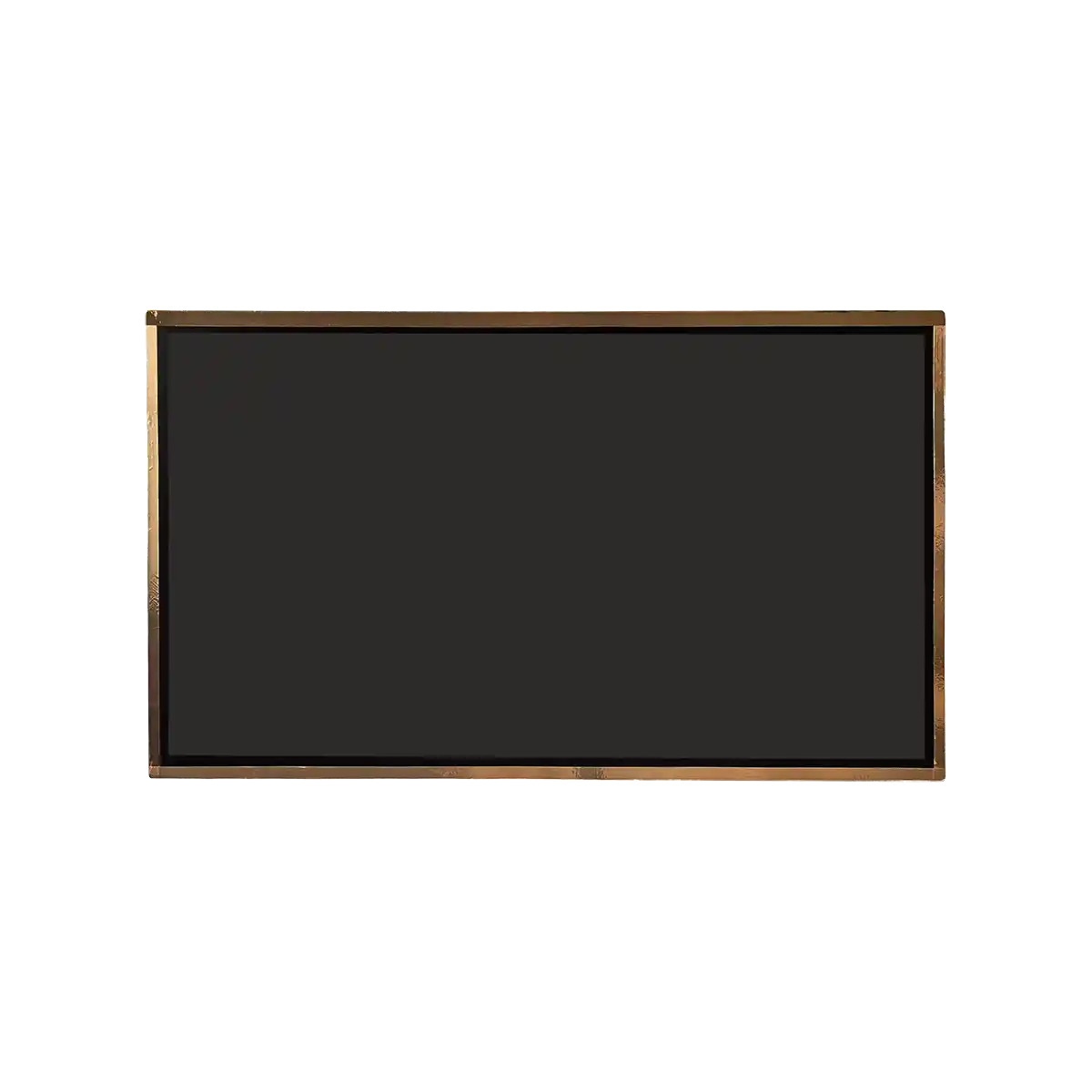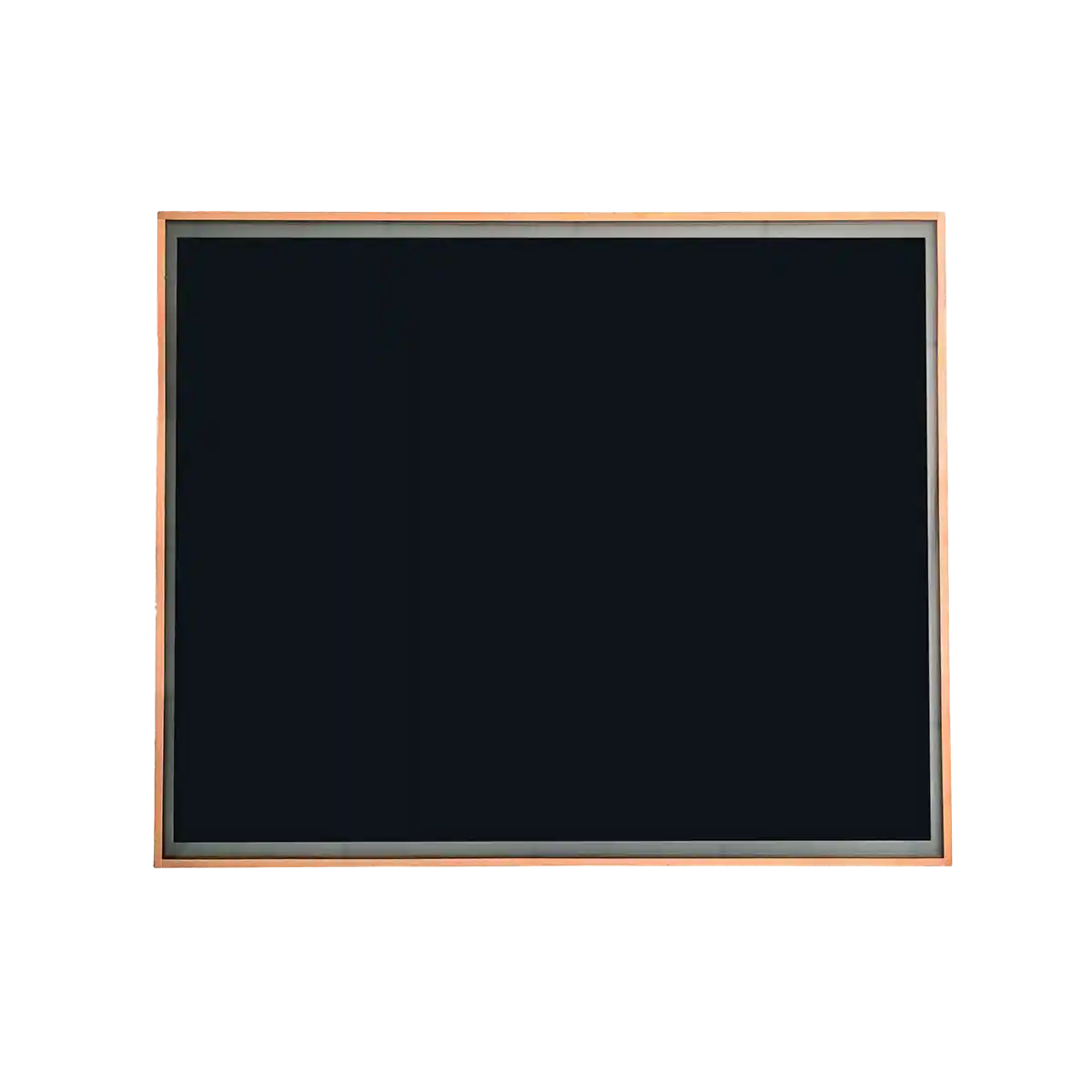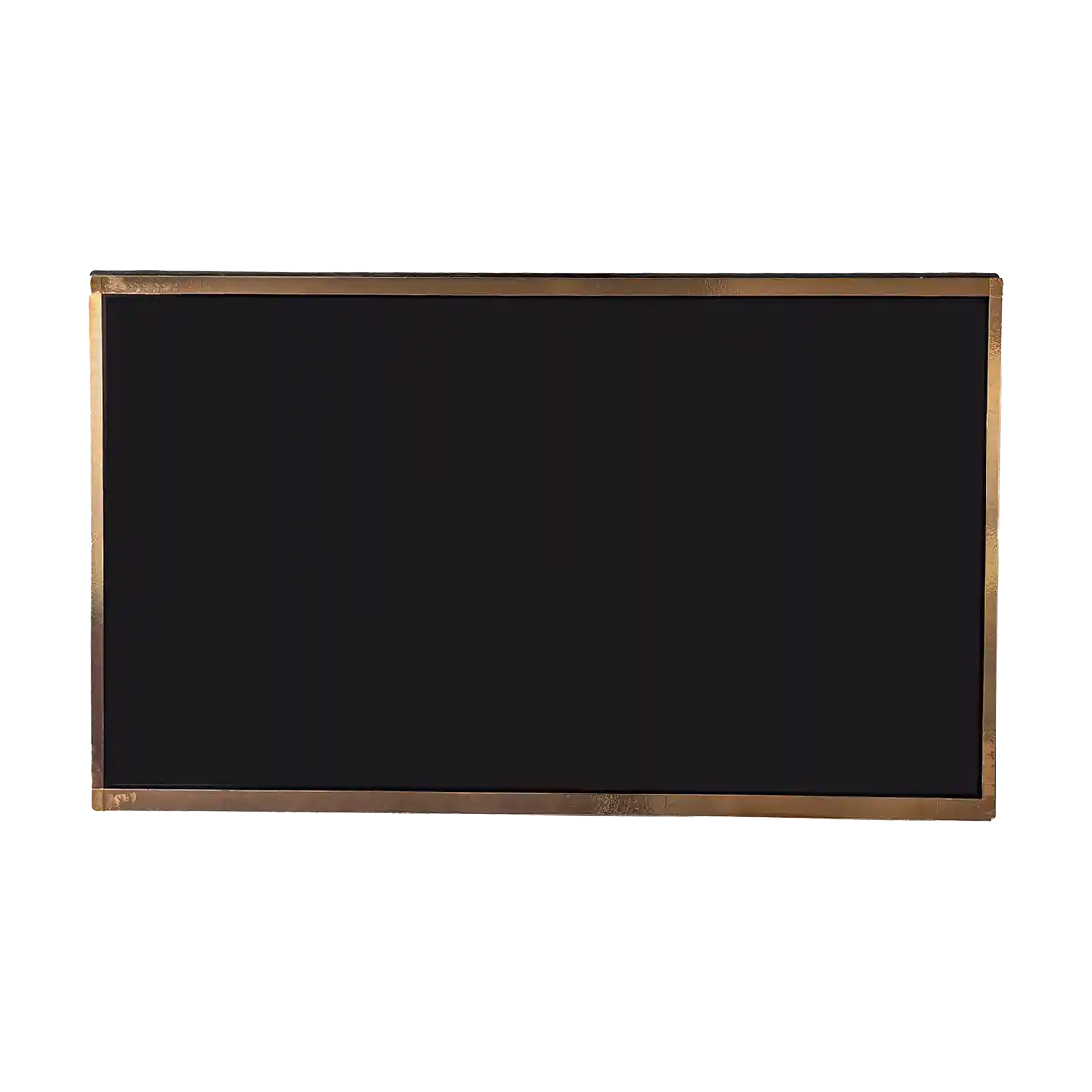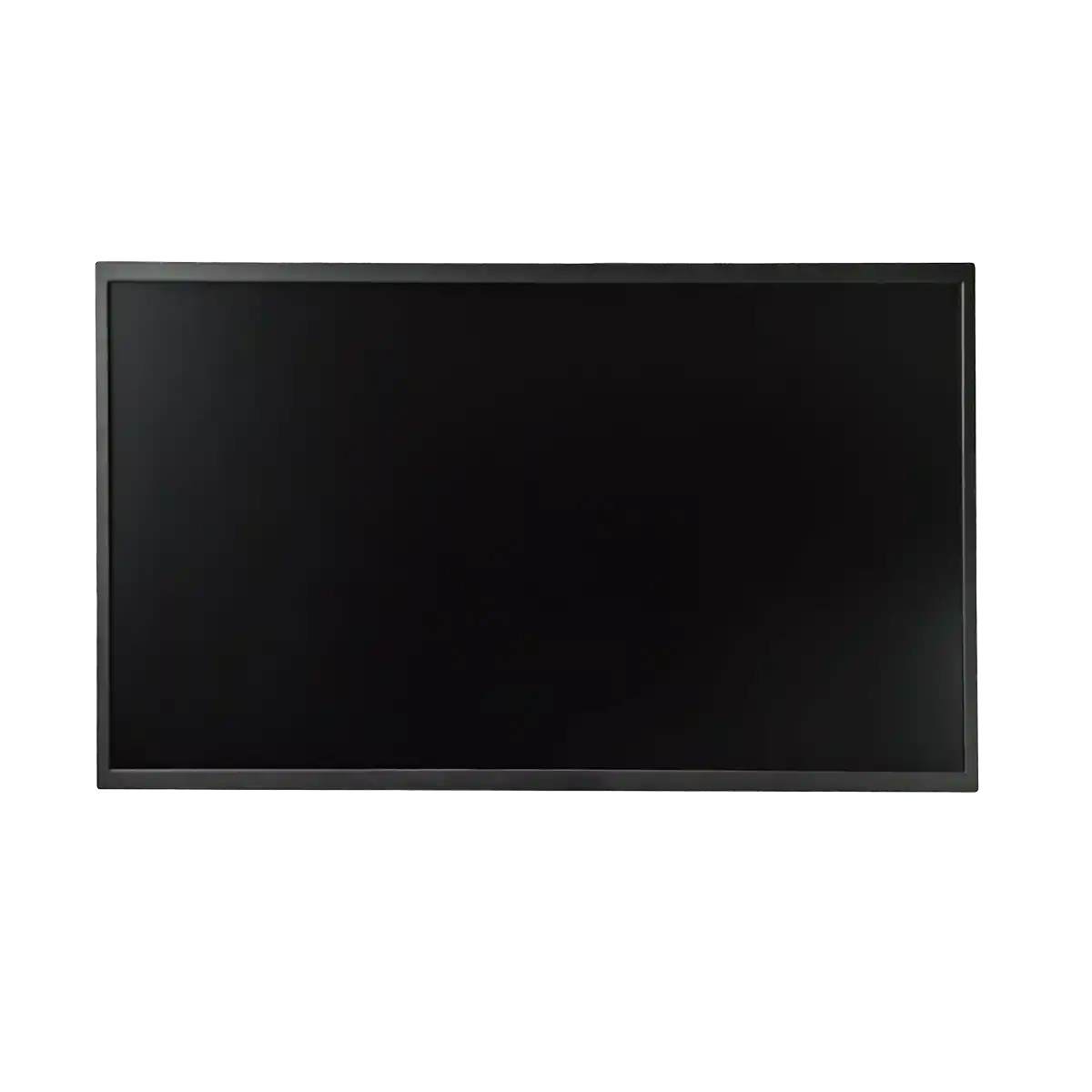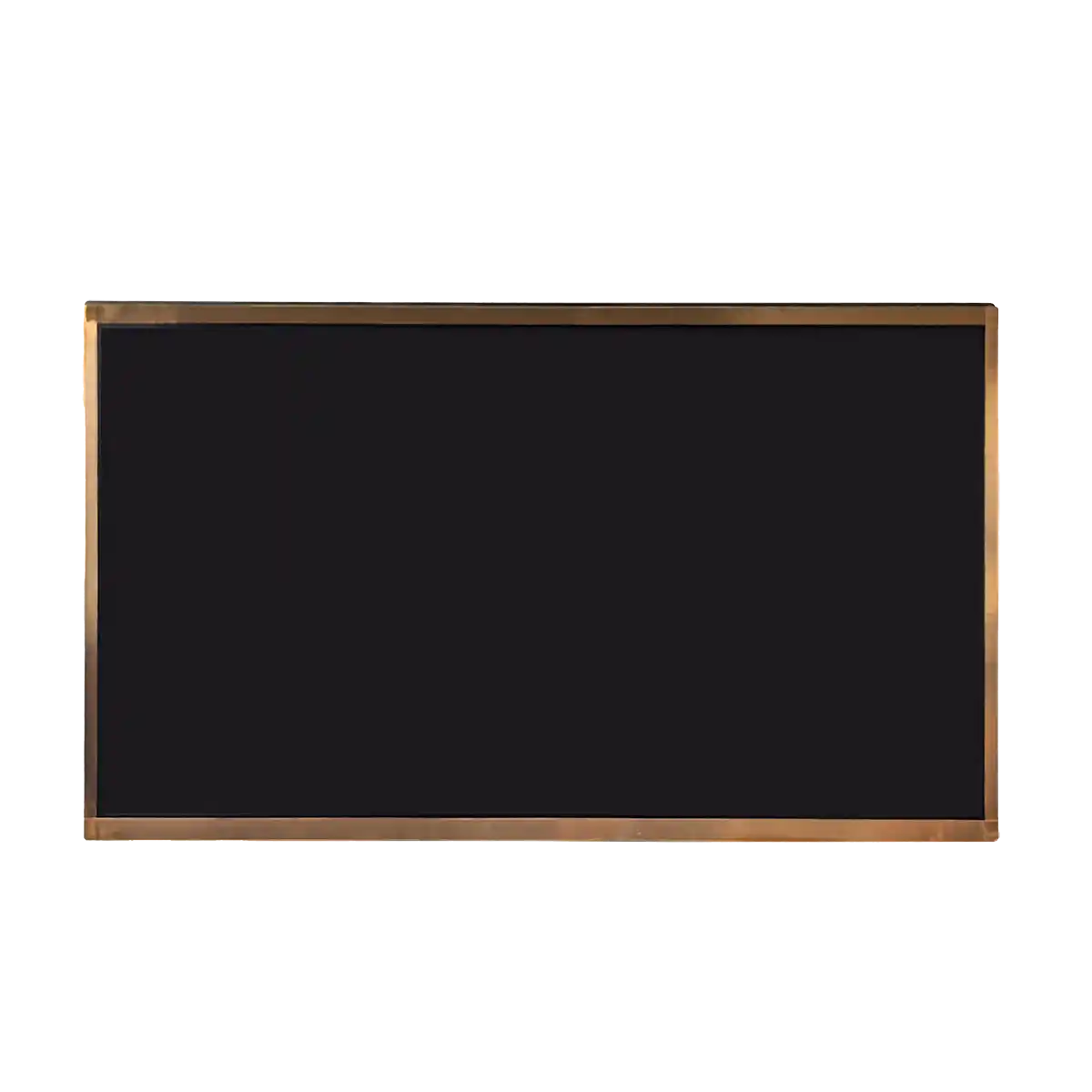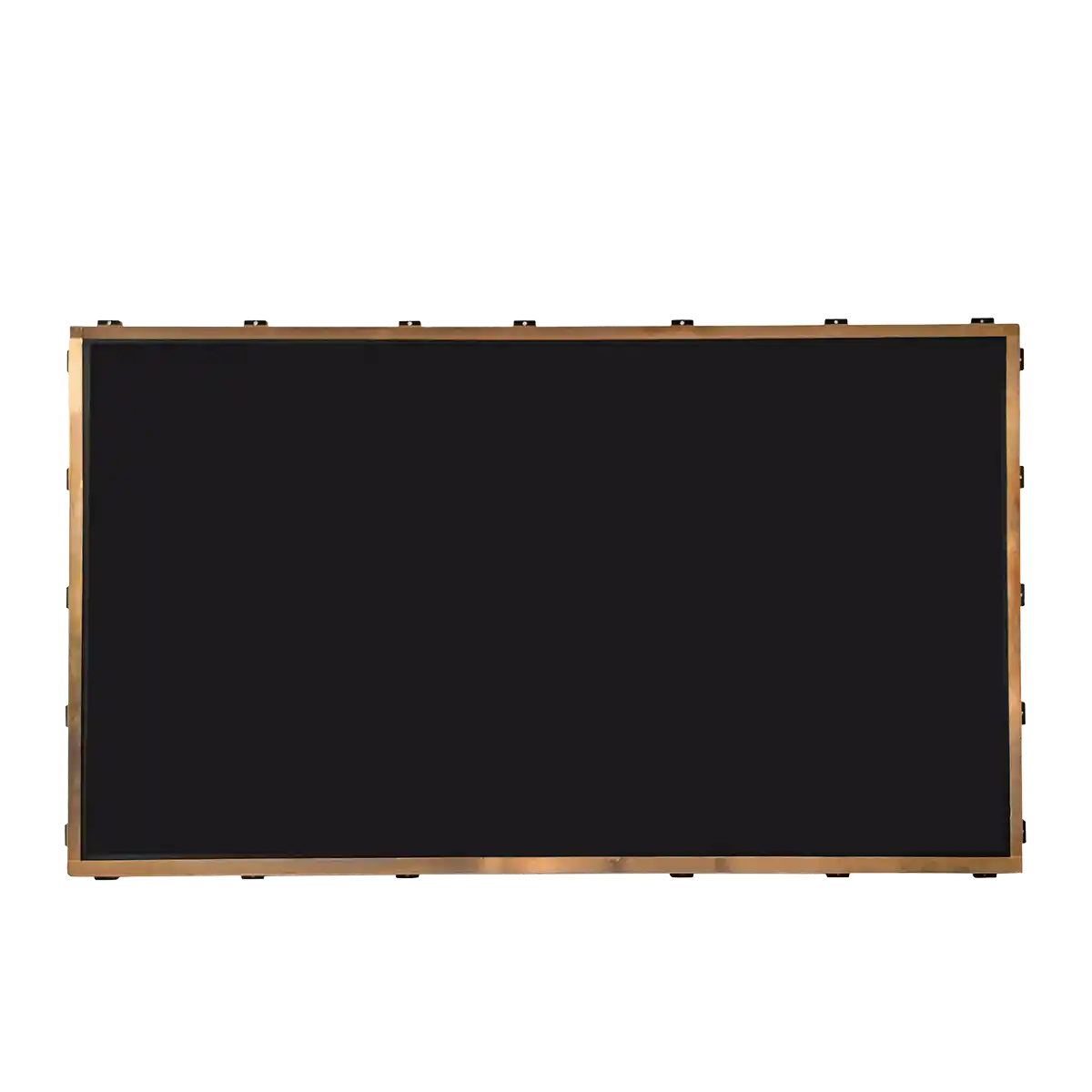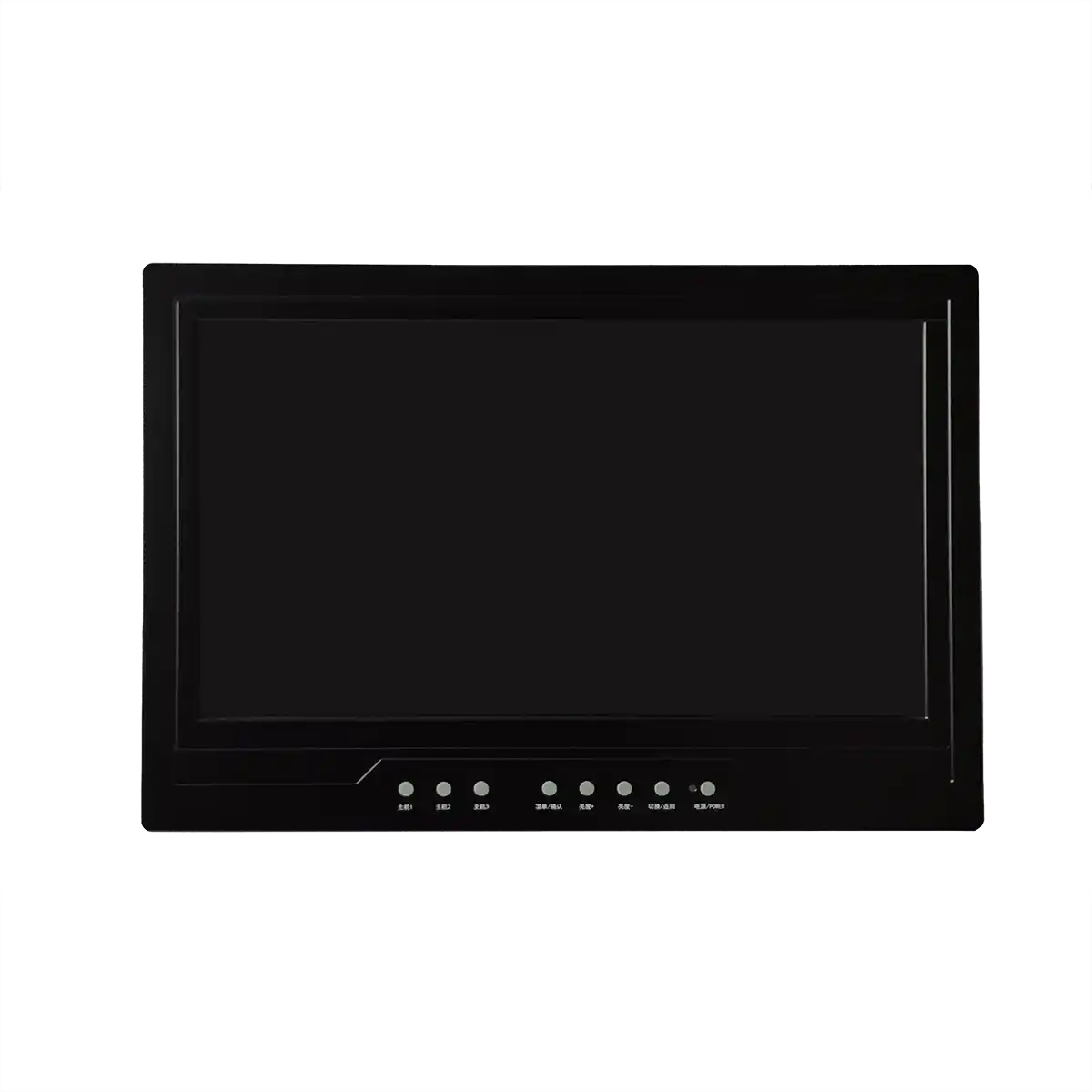Flexible and Curved Industrial LCD Screens: A New Era in Display Technology
Introduction
The advent of flexible and curved Industrial LCD Screens marks a paradigm shift in the field of display technology. As the demand for innovative and adaptive interfaces grows, these advanced screens are poised to redefine the way we interact with industrial machinery and systems. Industrial LCD Screens, or Liquid Crystal Displays, are renowned for their clarity, durability, and reliability. The integration of flexibility and curvature into these screens introduces a new dimension of design and functionality, catering to the evolving needs of the industry.
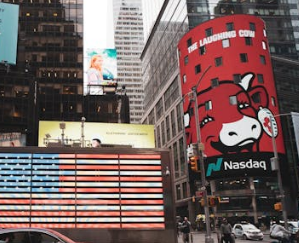
Body
Flexible and curved Industrial LCD Screens are a testament to the rapid evolution of display technology. Unlike traditional rigid screens, these displays are manufactured using advanced materials that allow them to bend and flex without compromising their structural integrity or visual performance. The primary material used in the construction of these screens is a flexible substrate, often made from polymer films, which replaces the traditional glass substrate.
The manufacturing process involves depositing a thin layer of liquid crystals onto the flexible substrate, which is then integrated with other layers, such as color filters and polarizers, to create the complete display. This process requires precision and advanced techniques to ensure that the liquid crystals maintain their alignment and functionality even when the screen is bent or curved.
One of the key advantages of flexible and curved Industrial LCD Screens is their adaptability to various form factors. They can be integrated into curved surfaces or designed to wrap around objects, providing a seamless visual experience. This adaptability is particularly beneficial in industries where space is at a premium or where ergonomic design is critical, such as in automotive dashboards or control panels in manufacturing facilities.
Moreover, these screens offer improved durability against physical impacts and vibrations, which is crucial for industrial environments where screens may be subjected to harsh conditions. The flexibility of the screen also allows for the possibility of roll-up displays, which can be stored compactly when not in use and deployed when needed.
The integration of touch technology with flexible and curved Industrial LCD Screens further enhances their interactivity, allowing for intuitive control and feedback mechanisms. This is particularly useful in settings where quick and accurate responses are required, such as in process control or emergency response systems.
Conclusion
The development of flexible and curved Industrial LCD Screens represents a significant milestone in the evolution of display technology. These innovative screens offer a combination of adaptability, durability, and interactivity that is unparalleled in traditional rigid displays. As industries continue to embrace technological advancements, the adoption of flexible and curved screens is expected to grow, leading to more efficient and user-friendly interfaces in industrial applications.
The integration of these screens with IoT systems and smart manufacturing practices will further amplify their impact, enabling real-time data visualization and control in a more intuitive and dynamic manner. The future of industrial display technology is undoubtedly flexible and curved, offering a new era of possibilities for human-machine interaction and automation.
Expansion
Looking forward, the potential applications of flexible and curved Industrial LCD Screens are vast and varied. In the medical field, these screens could be integrated into wearable devices for real-time health monitoring and diagnostics. In aerospace, they could be used for curved control panels that adapt to the contours of the cockpit, improving the pilot's access to critical information.
The integration of augmented reality (AR) and virtual reality (VR) technologies with flexible and curved screens could also revolutionize training and simulation in various industries. By providing immersive and interactive experiences, these screens can enhance the learning process and improve operational readiness.
Furthermore, the development of self-healing materials and self-repairing technologies could extend the lifespan of flexible and curved Industrial LCD Screens, making them even more resilient to the wear and tear of industrial environments.
As research and development in this field continue, we can anticipate the emergence of new materials and manufacturing techniques that will further refine the performance and capabilities of flexible and curved Industrial LCD Screens. The future holds exciting prospects for these innovative displays, as they continue to push the boundaries of what is possible in industrial display technology.
Recommended Articles
-
Are the displays in Tesla's Cyb
2024-12-10 -
Interpretation Report on AUO's
2024-12-05 -
ADS Pro: The Future of Display
2024-12-04 -
The Trajectory of South Korea's
2024-12-04 -
Practical Applications of Indus
2024-09-26 -
Hangzhou LEEHON Technology supp
2024-09-14 -
How to Check for Issues in Indu
2024-09-11 -
How does an LCD screen find ind
2024-09-11 -
What is the difference between
2024-09-11 -
In-depth analysis of the develo
2024-09-10

